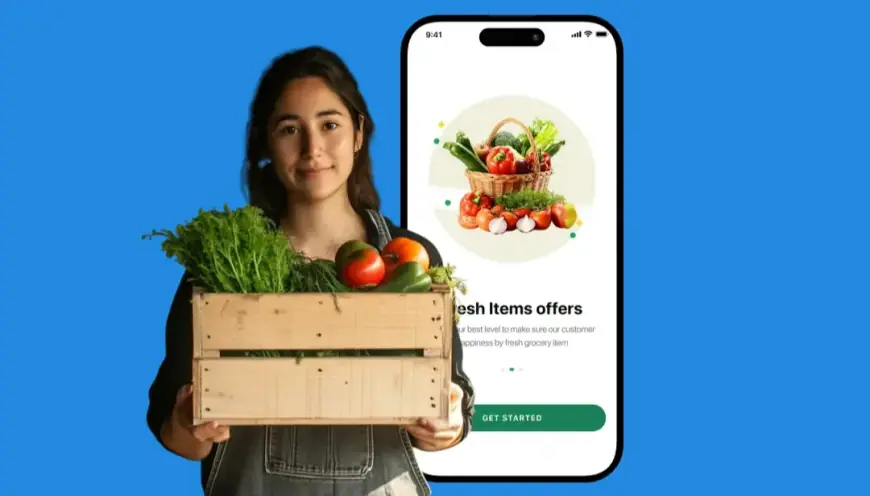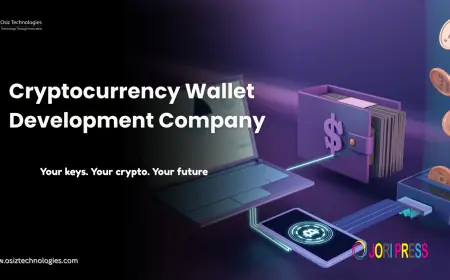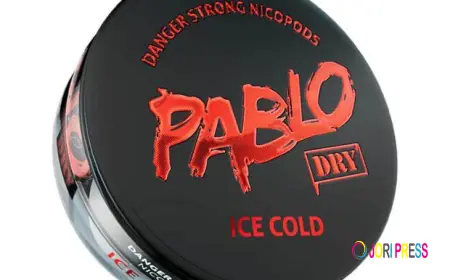Everything You Need to Know to Build a Successful Delivery App
Everything You Need to Know to Build a Successful Delivery App" explores the complete journey of creating a high-performing delivery app—from market research and choosing the right business model to designing user-friendly interfaces, integrating key features like real-time tracking and secure payments, and ensuring smooth backend operations. It also covers the latest technology trends, monetization strategies, and best practices for scaling, helping businesses stand out in the competitive on-demand delivery market.

- Identify your niche: Food, grocery, courier, multi-service, or specialized delivery.
- Analyze competitors: Study popular apps like DoorDash, Uber Eats, Postmates, or Instacart to understand what works—and what doesn’t.
- Know your audience: Understand their preferences, ordering habits, and pain points.
2. Essential Features for a Successful Delivery App
- Easy registration and profile setup
- Product search and filtering
- Multiple payment methods
- Real-time order tracking
- Reviews and ratings
- Accept/reject order requests
- Navigation with optimized routes
- Delivery history and earnings tracking
- Availability toggle
- Dashboard for order management
- Product/menu updates
- Promotions and discounts management
- Sales reports and analytics
3. Choosing the Right Technology Stack
- Frontend: React Native, Flutter, Swift, or Kotlin
- Backend: Node.js, Python (Django/Flask), PHP (Laravel)
- Database: MySQL, PostgreSQL, MongoDB
- Maps & Navigation: Google Maps API, Mapbox
- Push Notifications: Firebase Cloud Messaging (FCM)
4. UI/UX Design for User Satisfaction
- Minimal clicks from product selection to checkout
- Clean layout with easy navigation
- Clear CTAs (Call-To-Actions)
- Responsive design for all devices
5. The Development Process
Start with core features to launch faster and gather feedback.
Add advanced functionalities such as AI-driven recommendations, route optimization, or loyalty programs.
Thoroughly test your app for bugs, performance issues, and security vulnerabilities before launch.
6. Payment Integration & Security
7. Real-Time Tracking & Notifications
8. Marketing Your Delivery App
- Pre-Launch Buzz: Use social media teasers and email campaigns.
- Referral Programs: Encourage users to invite friends with rewards.
- Influencer Partnerships: Collaborate with local influencers for visibility.
- Paid Ads: Run targeted ads on platforms like Google and Facebook.
9. Post-Launch Support & Updates
10. Future Trends in Delivery App Development
- AI & Machine Learning for personalized recommendations and route optimization.
- Drone & Robot Deliveries for faster service.
- Green Delivery Options for eco-conscious consumers.
- Voice Ordering using smart assistants like Alexa or Google Assistant.
Conclusion
What's Your Reaction?
 Like
0
Like
0
 Dislike
0
Dislike
0
 Love
0
Love
0
 Funny
0
Funny
0
 Angry
0
Angry
0
 Sad
0
Sad
0
 Wow
0
Wow
0


















































